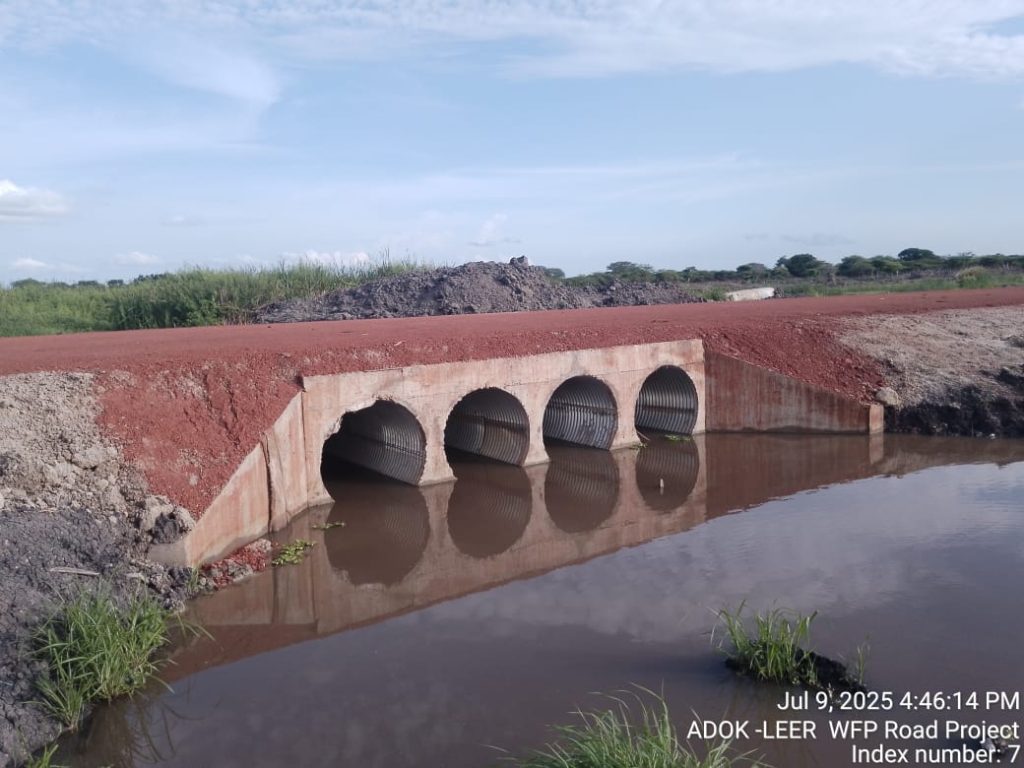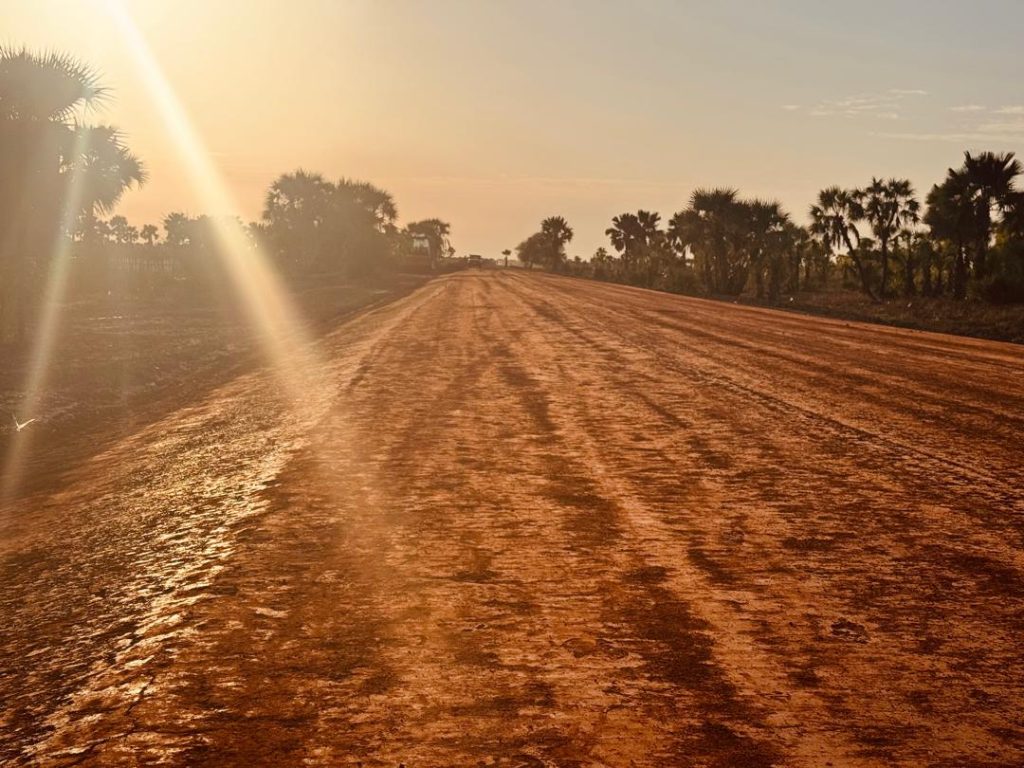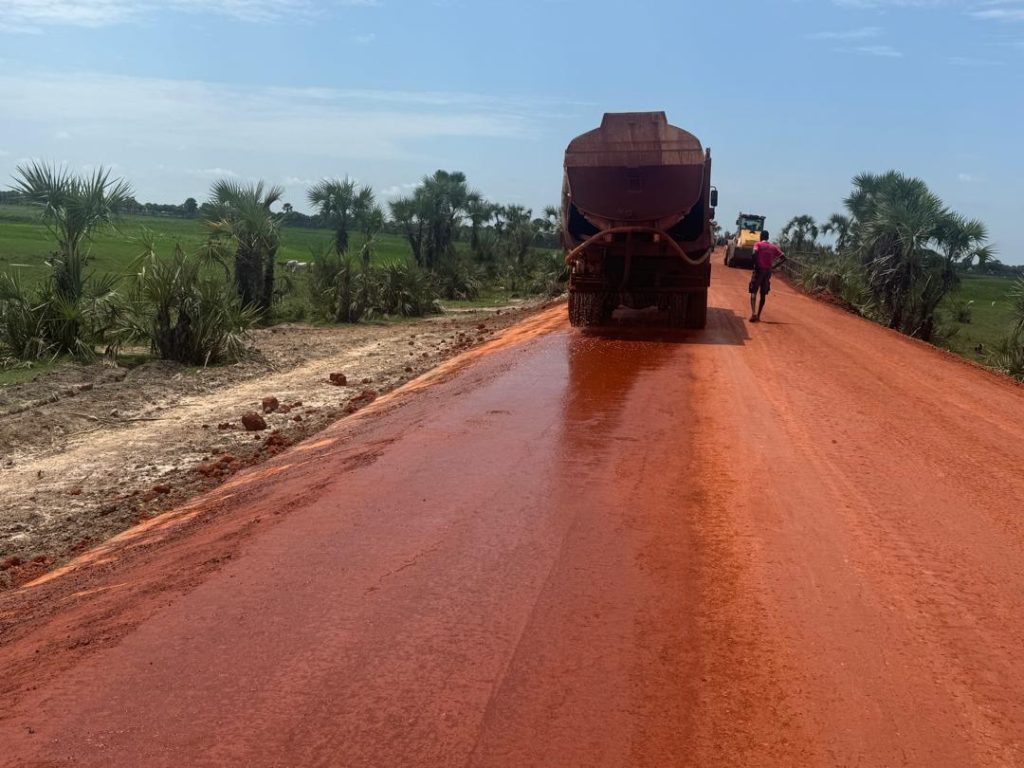We are proud to showcase our successful completion of the Rehabilitation and Maintenance of Mirmir – Leer – Adok Road in Unity State, South Sudan, executed in partnership with the World Food Programme (WFP). This critical infrastructure project aimed to restore and enhance a 31-kilometer stretch of road vital for local connectivity, economic development, and humanitarian operations in the region.
Project Overview and Objectives:
The primary goal was to rehabilitate an essential route suffering from extensive wear and tear, ensuring safe and reliable access for communities and aid agencies. The scope encompassed comprehensive earthworks, drainage improvements, and surface upgrades, all tailored to withstand challenging environmental conditions.
Scope of Work and Key Activities:
Our team carried out a wide range of activities, including bush clearing and grubbing along the entire 31 km, removal of unsuitable materials, and detailed road bed treatment involving reshaping, compaction, and raising embankments up to 0.6 meters in low-lying sections. Notably, we excavated, transported, and processed approximately 9,600 cubic meters of selected fill material to reinforce the road structure.
To manage water flow and prevent flooding, 370 meters of CMP culverts were supplied and installed, complemented by the excavation and placement of a 33 km long 500mm thick embankment. The surface was upgraded with multiple layers of gravel wearing courses, including a 150mm thick gravel layer covering 31 km and additional variation works in specific sections, culminating in a 6 km overlay of a 5mm thick wearing course.
The project also included topsoil excavation for proper disposal, installation of culverts and related structures, and earthworks protection measures. Rigorous surveying and field density testing ensured that all work adhered to design specifications, with results exceeding the required compaction standards.
Innovative Technologies and Methodology:
To maximize precision and efficiency, we employed advanced surveying and construction technologies. Real-Time Kinematic (RTK) GPS systems provided centimeter-level accuracy during all topographic surveys, enabling rapid data collection and precise site modeling. Using AutoCAD Civil 3D, our engineers developed detailed digital models, including alignments, profiles, and corridors, which seamlessly integrated with GPS-guided machinery.
Construction activities benefited from GPS-enabled bulldozers, graders, and compactors, ensuring earthworks were executed exactly to design specifications. Continuous quality control was maintained through real-time as-built surveys, allowing us to monitor progress and verify work quality throughout the project duration.
Project Timeline and Outcomes:
Spanning from February 14, 2025, to July 19, 2025, the project was completed on schedule, delivering a durable, well-structured road that significantly improves local accessibility and supports ongoing development efforts. The meticulous planning, cutting-edge technology utilization, and dedicated team efforts resulted in a high-quality finish, with earthworks exceeding density requirements and surface layers designed for longevity.
Conclusion:
This project exemplifies our commitment to delivering reliable infrastructure solutions in challenging environments. It demonstrates how the integration of advanced engineering tools and sustainable practices can achieve impactful results for communities and development initiatives in South Sudan.
Gallery










